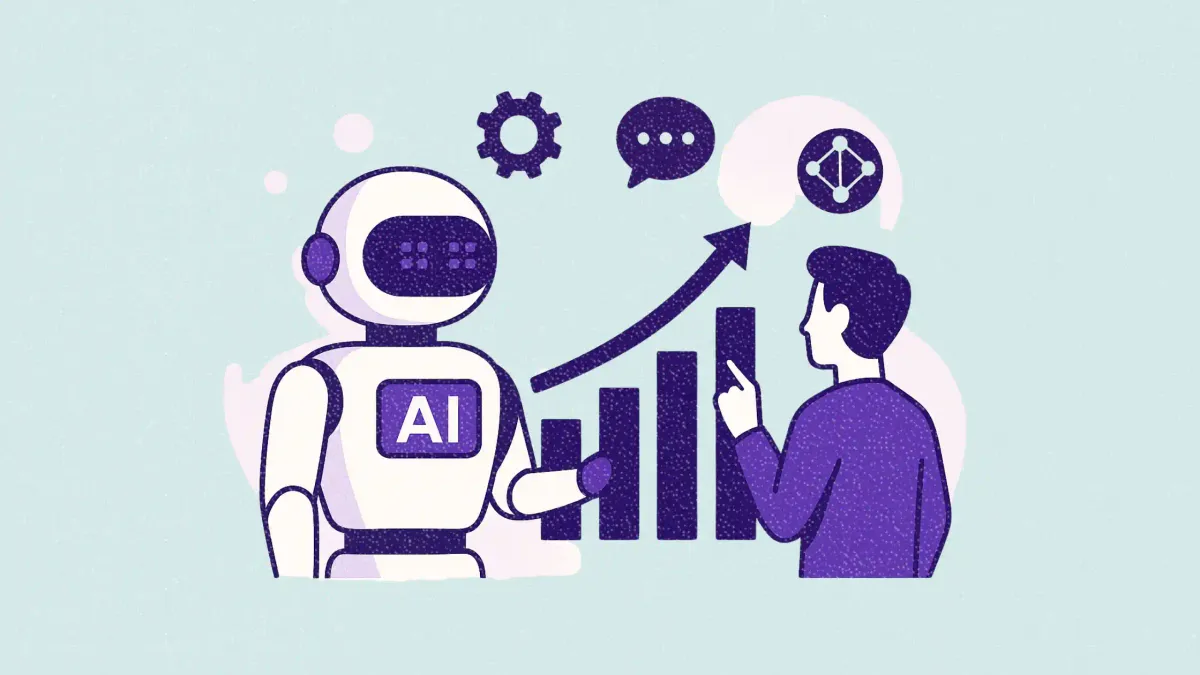Advertising is leaving Gen Z behind
A sharp decline in under-25 ad workers points to AI disruption and a shrinking entry-level market

A shift is happening inside ad agencies, and it’s quietly changing the makeup of the industry. Young workers under 25, once a dependable talent pool for entry-level roles, are dropping out of the sector. The data shows this isn’t just a blip.
Figures from the U.S. Census Bureau and the Bureau of Labor Statistics show that in 2024, just 6.5% of advertising and PR jobs were held by people aged 20 to 24. That’s the lowest figure since 2020. In 2019, that same age group held 10.5% of roles, before the pandemic disrupted hiring trends.
This article explores the shrinking footprint of younger workers in advertising, the structural and tech shifts behind it, and what marketing leaders should take away from this trend.
Short on time?
Here’s a table of contents for quick access:
- The numbers show a steep youth exit
- What’s driving the shift? AI, economics, and consolidation
- What marketers should know

The numbers show a steep youth exit
Recent employment data shows that fewer young adults are entering advertising, PR, and related services. This demographic has long been a feeder group for creative and media agency pipelines, but their presence is now at a five-year low.
According to Live Data Technologies, staff-level roles at U.S. ad and marketing firms have dropped more than 10% since January 2022. Manager and director roles, on the other hand, have stayed relatively stable. This creates a hollowed-out structure where junior positions are vanishing, but mid-level jobs are holding.
The Federal Reserve Bank of New York also notes that unemployment among college grads aged 22 to 27 is now higher than the national average. That reverses a decades-long pattern where young degree holders had stronger job prospects than the general population.
What's driving the shift? AI, economics, and consolidation
Several forces are pushing young talent out of the ad industry.
First, there’s agency consolidation. Mergers and cost-cutting moves are shrinking teams, and entry-level hires are often the first to be cut or never brought in.
Second, economic caution continues to shape hiring. Many firms are hesitant to invest in untrained workers when budgets are tight and client demand is unpredictable.
But the most disruptive force is artificial intelligence.
As agencies adopt AI tools for writing, research, and basic planning, many of the starter tasks that junior employees used to own are being automated. In advertising, those low-risk assignments were often how new talent proved their value. Now, AI can churn out first drafts faster than a junior copywriter can open a Google Doc.
Instead of supporting young talent, AI is starting to replace it.
What marketers should know
For marketing leaders, this isn’t just a hiring slowdown. It signals a structural shift where employers are pulling back on entry-level opportunities, which could weaken long-term creative capacity, succession planning, and cultural relevance.
Here’s what to keep in mind:
1. Don’t rely too heavily on AI without a talent pipeline
AI may boost short-term efficiency, but without entry-level talent, you risk losing future creative leads and strategists. Make sure you’re building a pipeline that includes human development, not just tech upgrades.
2. Rethink entry-level hiring models
If old-school roles like assistant copywriter are becoming obsolete, create new positions that combine mentorship with AI fluency. Think apprenticeships, content labs, or internal bootcamps that still bring young minds into the fold.
3. Youth insights require youth presence
If no one on your team understands the nuance of Gen Z humor or TikTok culture, your brand is going to miss out. Keep young talent close if you want your marketing to feel timely and authentic.
4. Audit AI in your hiring process
If your recruitment software is using AI to filter resumes, make sure it’s not blocking out nontraditional or early-career applicants. The more automated your hiring gets, the more intentional your inclusion efforts need to be.
The disappearing entry-level job is not just a staffing issue, it’s a strategic warning sign. If the ad world cuts off the path for new talent to rise, the entire ecosystem risks stagnation.
Marketing leaders should take this as a call to reinvent how they train, hire, and support the next generation. Because in a world where AI handles the grunt work, the people still matter.




